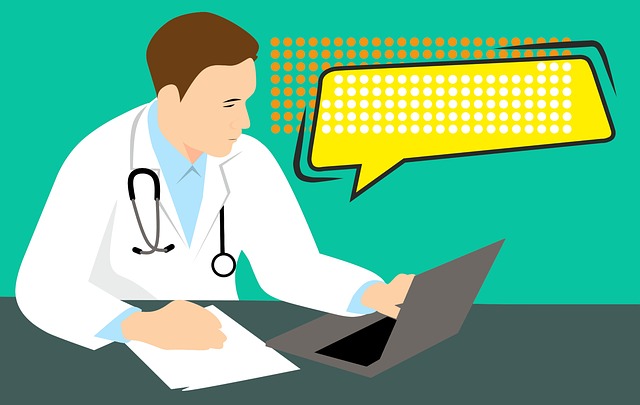
How To Get The Most Out Of Telemedicine Health Services
In an age of digital communications and pandemics, the idea of consulting a doctor over webcam is becoming less science fiction and more reality. Telemedicine is quickly becoming a good option for those either unable or unwilling to leave the house, with the current pandemic the perfect example of this. Telemedicine can take place either though a video call or a phone call, depending on the needs and setup of the patient, and can function much like a regular appointment in many ways. In this article, we take a look at telemedicine to provide a few great pointers to help you get the most out of your next appointment.
Table of Content
Telemedicine basics
Telemedicine, otherwise known as Tele-Health, is likely here to stay, even when people are allowed to freely leave the house, due to its emphasis on convenience and flexibility. Much of this is due to research demonstrating that telemedicine provides all of the benefits of in-person care – and can even be more effective in some circumstances. To get the most out of your visit, there is a little bit of preparation you should consider, though. The first thing you should keep in mind is to have a concise list of symptoms, medicines and questions to ensure that you don’t spend precious time waffling. In the event that you have something specific to show, it’s also worth having a more detailed picture so the doctor has a better understanding of what you’re talking about. If relevant to your case, it’s also wise to have any medications, vitamins and supplements noted for quick reference. You can also prepare physically by doing a few things doctors would do in a normal appointment, such as take your own temperature, measure your pulse and weigh yourself so you can immediately inform them of your weight. If there are any related medical issues you have, it’s also important to note these if you are seeing a new doctor.
Staying on top of technology
Technology is new to a lot of people in the case of telemedicine, so ensure your laptop or mobile phone is properly set up to facilitate the call – fumbling through menus on Zoom a few minutes before your appointment can very easily jeopardize your telemedicine visit. It’s also a good idea to make sure your internet is working, and this should also be tested just before your appointment. For the appointment itself, ensure you’re in a quiet, undisturbed and well-lit area so that you (or your doctor) aren’t distracted by goings on in the background. Its also helpful to orient your camera properly, as your doctor will most likely prefer talking to your face, rather than the ceiling. Finally, it’s a good idea to take the time to make sure audio isn’t an issue, as talking through laptop speakers can sometimes cause an echo. If this is the case, it might be worth your while to find a pair of headphones to use.
Don’t stress out too much about telemedicine
If you’re worried any of this might be an issue before you start your telemedicine call, it’s never a bad idea to take a dummy call with a friend or family member to practice all the ins and outs of the software. With a little bit of practice, you’ll soon be a telemedicine expert!


